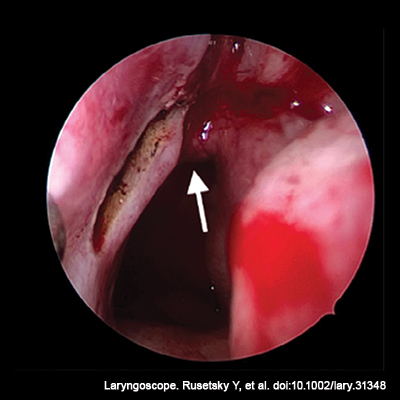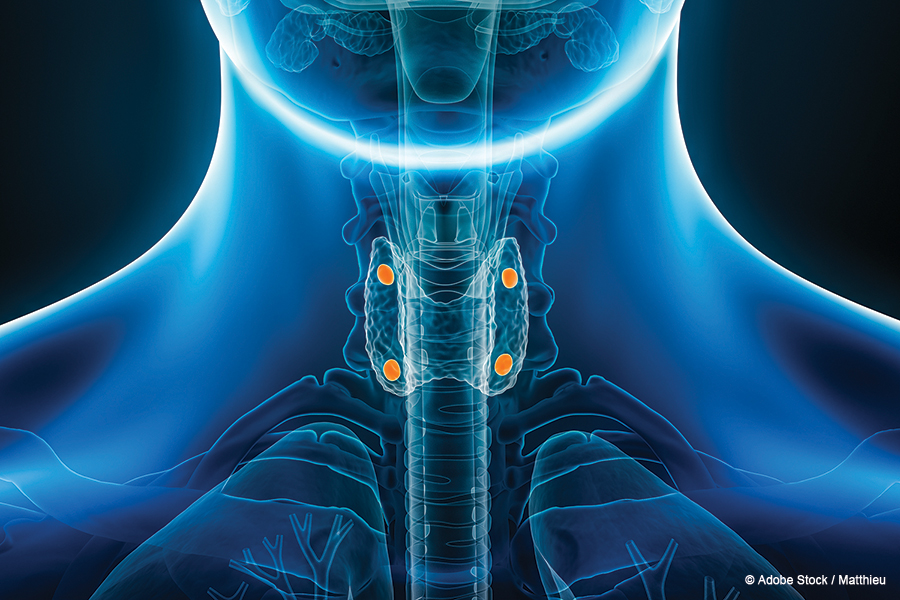A new study out of the University of Pittsburgh School of Medicine in Pennsylvania and published in JAMA Network Open examined the effectiveness of the use of spoken word cues and distinct odors in helping patients with MDD recover specific memories, and how they compared to each other.




